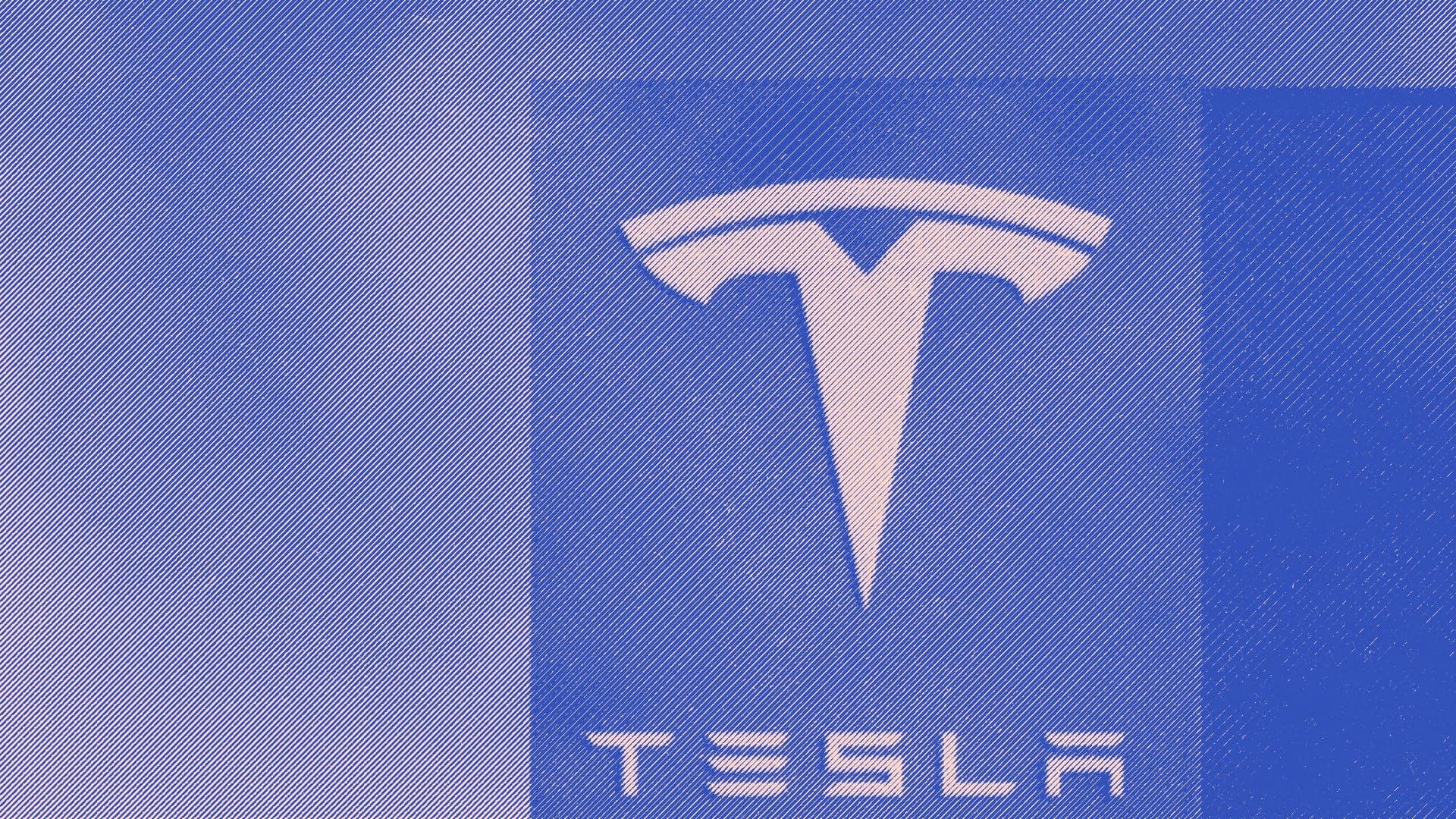Onchain: Tesla sells, Coinbase v SEC, Vitalik’s 5-step vision

Story One
Elon got out while the getting was… OK
The US quarterly earnings season is upon us (like Christmas coming four times a year!) and Tesla’s wrap-up revealed the company sold 75% of their Bitcoin holdings during May, when the price was around US$29k. Given they purchased their BTC when it was in the mid-30s, the sale represents a loss on investment of around 20% for Elon and company.
But Musk was at pains to point out that the sale shouldn’t be taken as a shift in Tesla’s position vis-a-vis Bitcoin and other cryptocurrencies – rather it was designed to maximise cash in an adverse economic environment (while also acknowledging the significance of a US$170 million impairment charge against their overall profitability).
Anyway, point is that even Elon Musk does bad trades, so we can all feel a little better about shaving 80% off our portfolios over the last 6 months. Right?
The report also said that Tesla hasn’t sold any of their dogecoin holdings, so phew. Crypto is still alive. Thank u god king elon.
Story Two
The SEC launches investigation into Coinbase
Whereas most crypto exchanges for most of crypto’s history have been happy to toddle along in the background, hoping that none of the adults come to check out “why it’s been so quiet” in the kids corner, Coinbase has leaned into its self-appointed role as the public face of cryptocurrency.
Congressional hearings? They’ll be there. Much hyped IPOs? You know it. A first-of-its-kind investigation by the SEC into whether it’s been selling unregistered securities? Um, yeah, that too.
The SEC and Coinbase have been engaged in low-grade sabre-rattling for years now, but this is the first time the SEC has made an actual thrust in Coinbase’s direction. Given SEC Chair Gary Gensler’s oft-voiced opinion that almost all cryptocurrencies qualify as securities, the move isn’t exactly a surprise. Yet Coinbase is quite justifiably accusing the SEC of refusing to engage in good faith and ‘regulation by enforcement’.
The SEC faces the same dilemma that regulators all around the world are wrestling with: how do you protect consumers when the thing you’re trying to regulate is international, decentralised, capable of changing from one day to the next and unlike anything you’ve seen before?
Right now, Gensler’s approach appears to be “too hard, shut it all down”, but at least some of that may be a symptom of the office he holds. In the absence of legislative clarification, the presumption is that they’re securities and, dammit, I’m the big time securities guy.
Don’t expect any sudden moves here. The probe will be long and ongoing and can perhaps be better understood as another strut in a complex and multifaceted legislative, judicial and regulatory process – see also the Lummis-Gillibrand bill, the CFTC’s commodity claims and the long-running Ripple v SEC case – that will eventually, hopefully deliver some clarity as to how crypto will be treated over the coming decades.
Overheard on Twitter
“monkeys covered in eyeballs and snot were $100,000 and you didn’t sell everything”
Story Three
Vitalik’s 5-stage vision for Ethereum’s future
The Merge is coming in mid-September and lo there will be angels singing and trumpets playing and all our problems will be solved.
Well, perhaps not all our problems. Speaking at the Ethereum Community Conference in Paris last week, Vitalik set out what he sees as the next five steps in ETH’s journey to becoming the true world computer.
- The Merge: transitioning to proof-of-stake.
- The Surge: scaling to 100,000+ tps through “sharding”.
- The Verge: using Verkle trees to reduce node size and increase decentralisation.
- The Purge: cleaning out unneeded data to make it easier for people to become validators.
- The Splurge: anything else that’s leftover.
Vitalik suggested the Surge could be ready by mid-2023, with the Verge to follow in late 2023/early 2024. However, given that the Merge is, well, roughly four years overdue, we probably shouldn’t put too much stock on these timelines right now.
Irrespective, when so much of the commentary around crypto at the moment is (understandably) focussed on the rolling catastrophe of the CeFi meltdown – seriously, did you read that interview with the 3AC founders? – it’s nice to be reminded that people are still planning for longer and brighter horizons.
Luke from CoinJar
Don’t invest unless you’re prepared to lose all the money you invest. This is a high‑risk investment and you should not expect to be protected if something goes wrong. Take 2 minutes to learn more: www.coinjar.com/uk/risk-summary.
Cryptoassets traded on CoinJar UK Limited are largely unregulated in the UK, and you are unable to access the Financial Service Compensation Scheme or the Financial Ombudsman Service. We use third party banking, safekeeping and payment providers, and the failure of any of these providers could also lead to a loss of your assets. We recommend you obtain financial advice before making a decision to use your credit card to purchase cryptoassets or to invest in cryptoassets. Capital Gains Tax may be payable on profits.
CoinJar’s digital currency exchange services are operated in Australia by CoinJar Australia Pty Ltd ACN 648 570 807, a registered digital currency exchange provider with AUSTRAC; and in the United Kingdom by CoinJar UK Limited (company number 8905988), registered by the Financial Conduct Authority as a Cryptoasset Exchange Provider and Custodian Wallet Provider in the United Kingdom under the Money Laundering, Terrorist Financing and Transfer of Funds (Information on the Payer) Regulations 2017, as amended (Firm Reference No. 928767).

